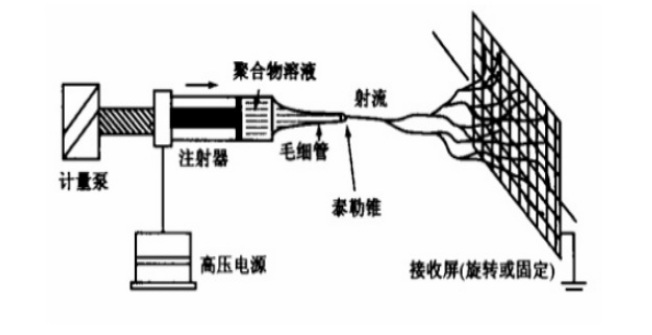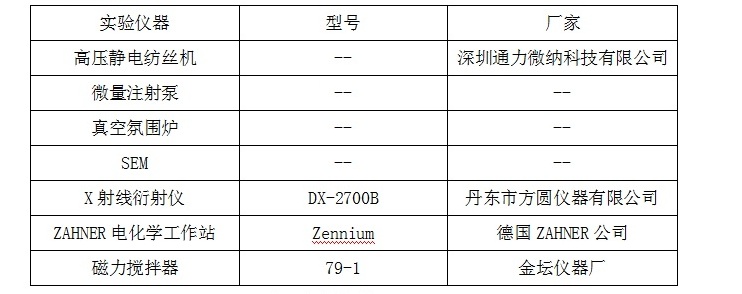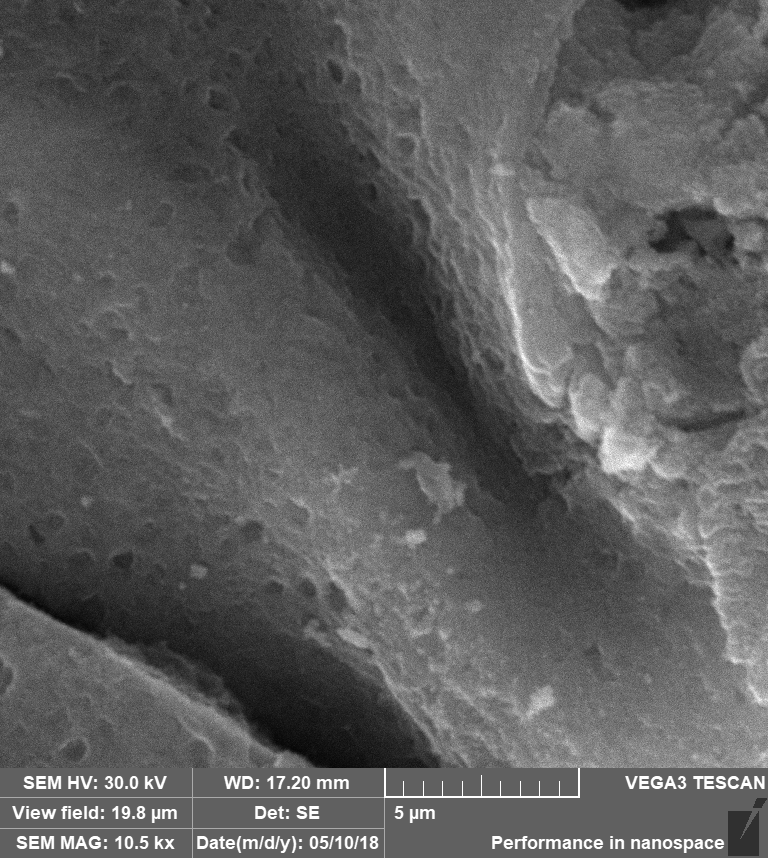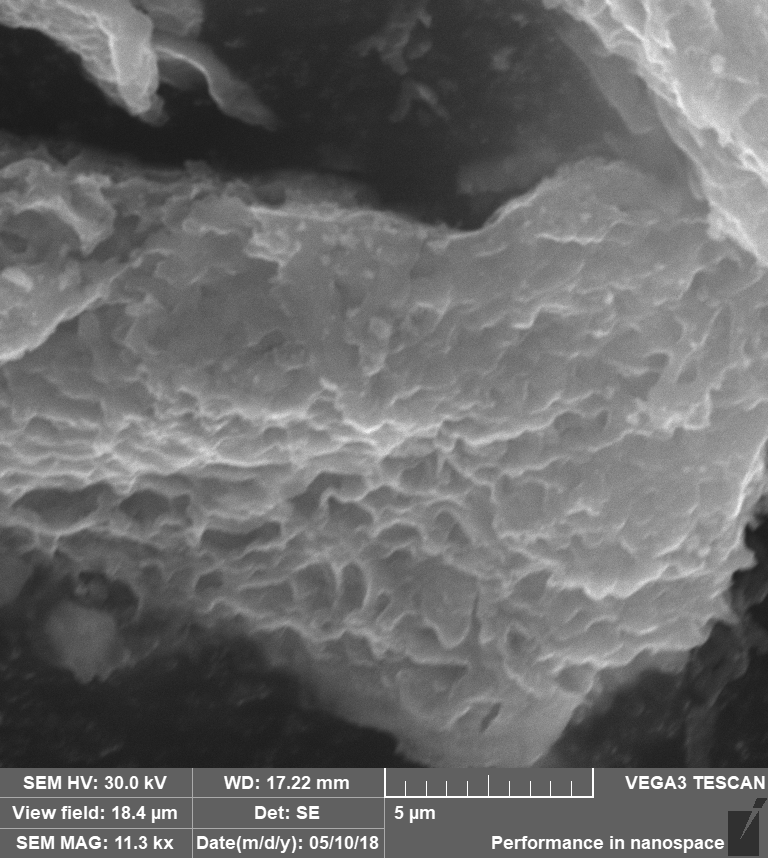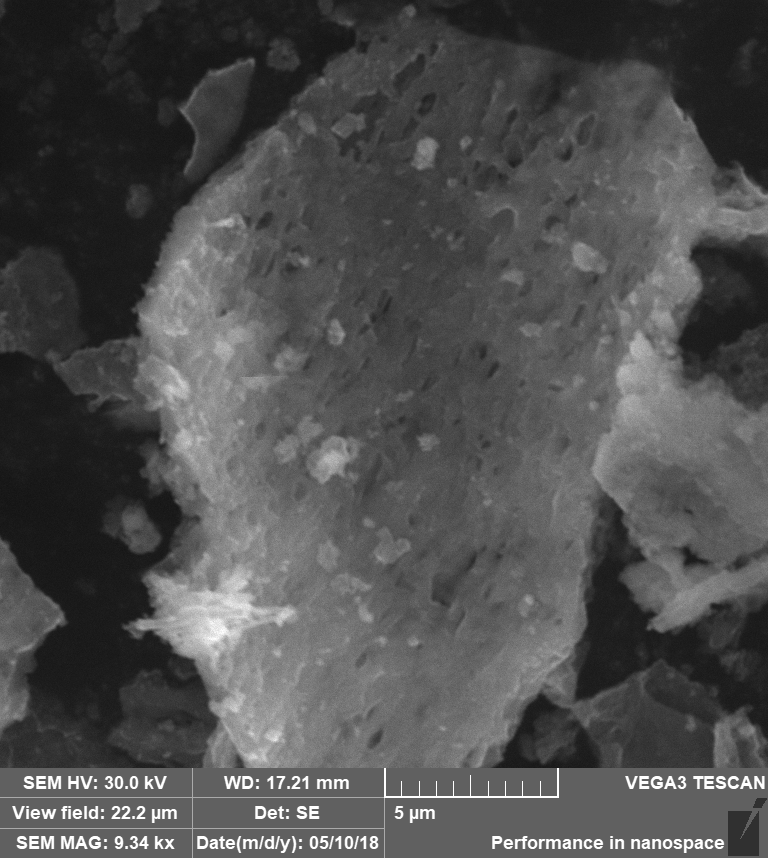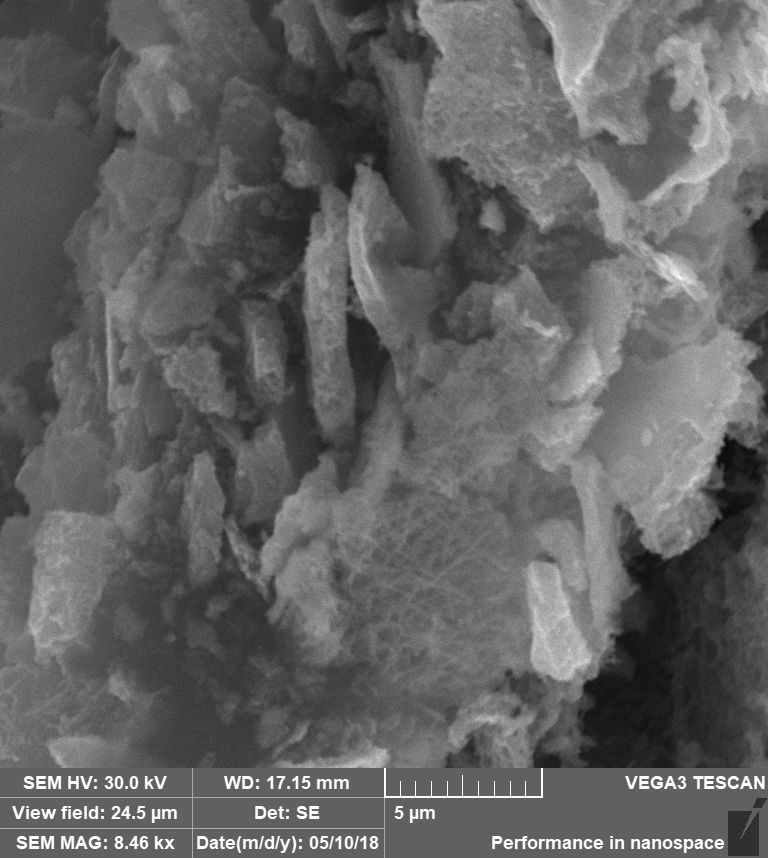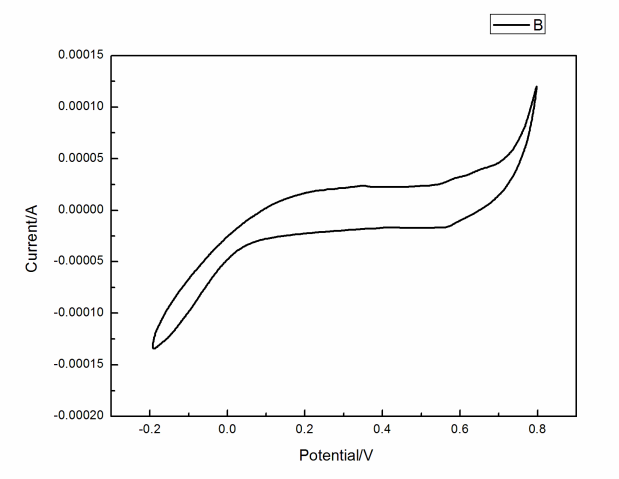纳米二氧化锰电容行为的研究毕业论文
2020-07-09 20:38:52
摘 要
超级电容器作为一种新型储能元件,因其优越的性能成为研究的焦点。二氧化锰与二氧化钌性质相似,并且纳米MnO2具有优秀的电化学性能,自然界中Mn元素储量丰富、成本低、无污染,所以二氧化锰被当作超级电容器的电极材料,受到研究人员的广泛关注用。本论文采用静电纺丝技术制备纳米MnO2,并利用扫描电子显微镜(SEM)对样品的微观形貌进行观察,利用X射线衍射仪(XRD)对样品进行物相分析,分析讨论制备条件对样品形貌的影响。然后利用循环伏安法(CV)对二氧化锰测试电极的电容行为进行研究。研究表明,制备过程中退火温度、纺制时间、衬底材料的不同均会对二氧化锰的微观形貌和晶体结构产生影响,且退火温度和衬底材料的不同还会改变二氧化锰的晶型。CV测试表明被测二氧化锰电极,在(0.1-0.6V)的电位范围内电容特性符合矩形特征,电极材料稳定性较好,但电极材料的内阻较大,且随扫描电压的增大,电容特性降低。
关键词:超级电容器,纳米二氧化锰,静电纺丝技术,扫描电子显微镜,XRD
Abstract
As a new type of energy storage device, supercapacitors have become the focus of research due to it`s superior performance. Manganese dioxide is similar in properties to ruthenium dioxide, and nano-MnO2 has excellent electrochemical properties. Mn is rich in natural elements, low in cost, and non-pollution. Therefore, manganese dioxide is widely concerned by researchers as electrode material for supercapacitors. In this dissertation, nano-MnO2 was prepared by electrospinning, and the microstructure of the sample was observed by scanning electron microscopy (SEM). The samples were analyzed by X-ray diffraction (XRD) ,discussion and analysis the influence of preparation conditions on the sample morphology. Cyclic voltammetry (CV) was then used to study the capacitance behavior of manganese dioxide test electrodes. Research shows that spinning preparation process of annealing temperature, time, different substrate materials will influence on the microscopic morphology and crystal structure of manganese dioxide, and the annealing temperature and substrate material of different can also change the crystal type of manganese dioxide. CV test shows that measured manganese dioxide electrodes, (0.1-0.6 - V) in the potential range of capacitance characteristics in line with the characteristics of rectangular, stability of electrode material is better, but the internal resistance of the electrode material is larger, and along with the increase of scanning voltage, reduce the capacitance characteristics.
Key words: Supercapacitor, Nano-manganese dioxide, Electrospinning, Scanning electron microscope, XRD
目录
第一章 引言 Ⅰ
1.1超级电容器介绍 Ⅱ
1.1.1超级的容器的历史与发展现状 1
1.1.2超级电容器的分类和原理 1
1.1.3超级电容器的优缺点 2
1.1.4超级电容的电极材料 3
1.2静电纺丝技术 4
1.3 二氧化锰电极材料 4
1.3.1 二氧化锰的结构与特性 5
1.3.2纳米二氧化锰的制备 5
第二章 实验与表征 6
2.1实验材料 6
2.2实验仪器 6
2.3纳米二氧化锰的制备 6
2.3.1 前驱溶液的制备及衬底的处理 6
2.3.2静电纺丝制备纳米二氧化锰 6
2.3.3样品编号 7
2.3.4测试电极的制备 8
2.4表征和实验方法 8
2.4.1循环伏安法(CV) 8
2.4.2 扫描电子显微镜(SEM) 8
2.4.3 X射线衍射法 9
第三章 结果和讨论 10
3.1SEM图像分析 10
3.2循环伏安法(CV)数据分析 11
图4.(4)号样品的CV曲线以及本次使用的仪器 12
3.3 XRD结果分析 13
第四章 结论 16
参考文献 17
致谢 18
第一章 引言
随着能源需求的日益增长和环保意识的树立,人类开始着手寻找新的方法来解决能源短缺的问题。一方面,人类的大力开发可循环的清洁能源来代替传统的化石能源,例如,核电,风能,太阳能等;另一方面,人们将注意力放在开发新型的能量储存和回收装置上,目前科研人员正在大力研发各种储能装置。超级电容器因具有无污染、充电效率快、功率密度大、循环使用寿命长等特点,使其成为研究的焦点,受到研究人员的广泛关注。
1.1超级电容器介绍
超级电容器(Supercapacitor)又称作电化学电容器(Electrochemical Capacitor,EC)或双电层电容器(Electrical Doule-Layer Capacitor,EDLC),是一种介于电池和传统电容器之间的新型储能器件。现在已经应用在军事、无线通讯、工业仪表仪器、航空航天、消费电子、电动车等众多领域[1]。
1.1.1超级的容器的历史与发展现状
相关图片展示:
